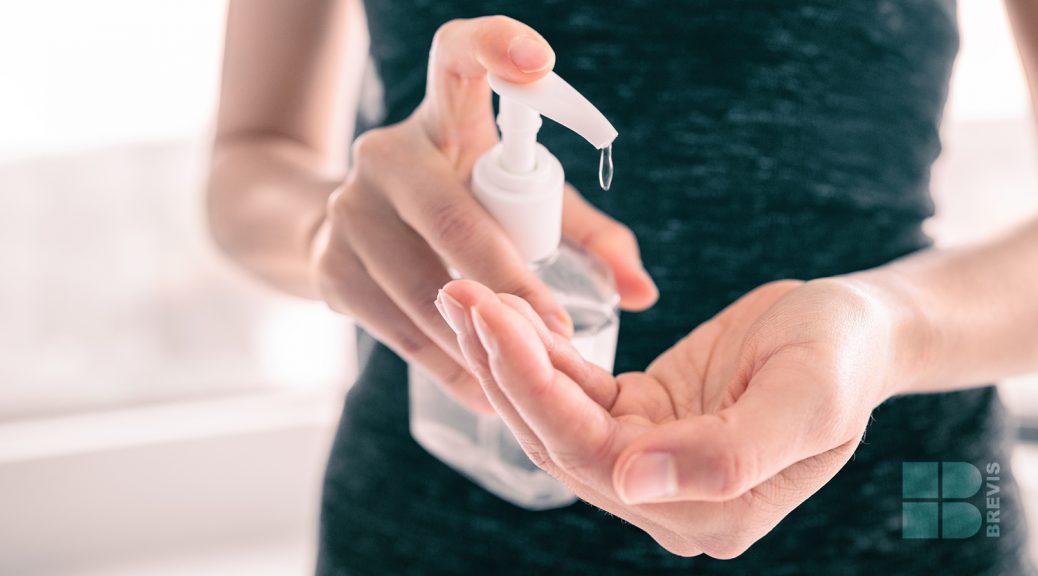Hand sanitizers have been a popular commodity since the emergence of Covid-19 in the Spring of 2020. There was even a shortage for a while, as everyone rushed to stores to stock up. As sales continue to rise consumers should be aware of the ingredients of the product and the marketing techniques that manufacturers use to increase sales.
Alcohol Content
According to the FDA, in order to be effective, hand sanitizers should contain at least 60% alcohol. The label may list this as ethanol, ethyl alcohol, or isopropyl alcohol. If the label does not show the percentage of alcohol contained in the product, do not buy it.
Some types of alcohol are extremely dangerous, and it is doubtful that a manufacturer would list these on the label if they are present, but the FDA has found contamination with methyl alcohol or 1-propanol in some hand sanitizers manufactured in Mexico and sold in the U.S. Methyl alcohol, or wood alcohol as it is sometimes called, is used to make antifreeze. 1-propanol is an ingredient of industrial solvents.
False Claims
Claims that hand sanitizers can prevent Covid-19, influenza or other diseases are misleading. Any product making these claims should be avoided. Hand sanitizers, when used properly, can only kill germs that are on your hands, and only lasts until you touch something else.
Misleading Marketing Practices
Some hand sanitizers on the market are scented with appetizing smells such as chocolate or strawberries. If a child smells these, he or she may think they are good to drink. Hand sanitizers packaged in containers that resemble beverage cans, water bottles or food pouches can also mislead young children into thinking that the contents are edible food products.
There have been cases where a person has mistakenly believed that a product that contains alcohol is OK to drink. Since alcoholic beverages contain alcohol, why not drink Nyquil, extract of Vanilla, mouth wash, or hand sanitizer and get a similar “buzz”? Ingesting any of these products could produce headaches, diarrhea, vomiting, irregular heart rate, seizures and if a very large quantity is consumed, possibly coma or death could result.
Since hand sanitizers seem to be everywhere these days it is important to understand what the ingredients are. Make sure the contents are clearly labeled and contain a minimum of 60% alcohol. Ignore claims made on labels that the hand sanitizer you are buying will prevent influenza, Covid-19 or anything else. It does not. Never ingest hand sanitizer. It is not safe for human consumption. Small children should be supervised when using hand sanitizers. When shopping for hand sanitizers, avoid packaging that could be mistaken for food products. Steer clear of those with appetizing scents.
Teach people how to apply hand sanitizer correctly with Glitterbug Gel.

